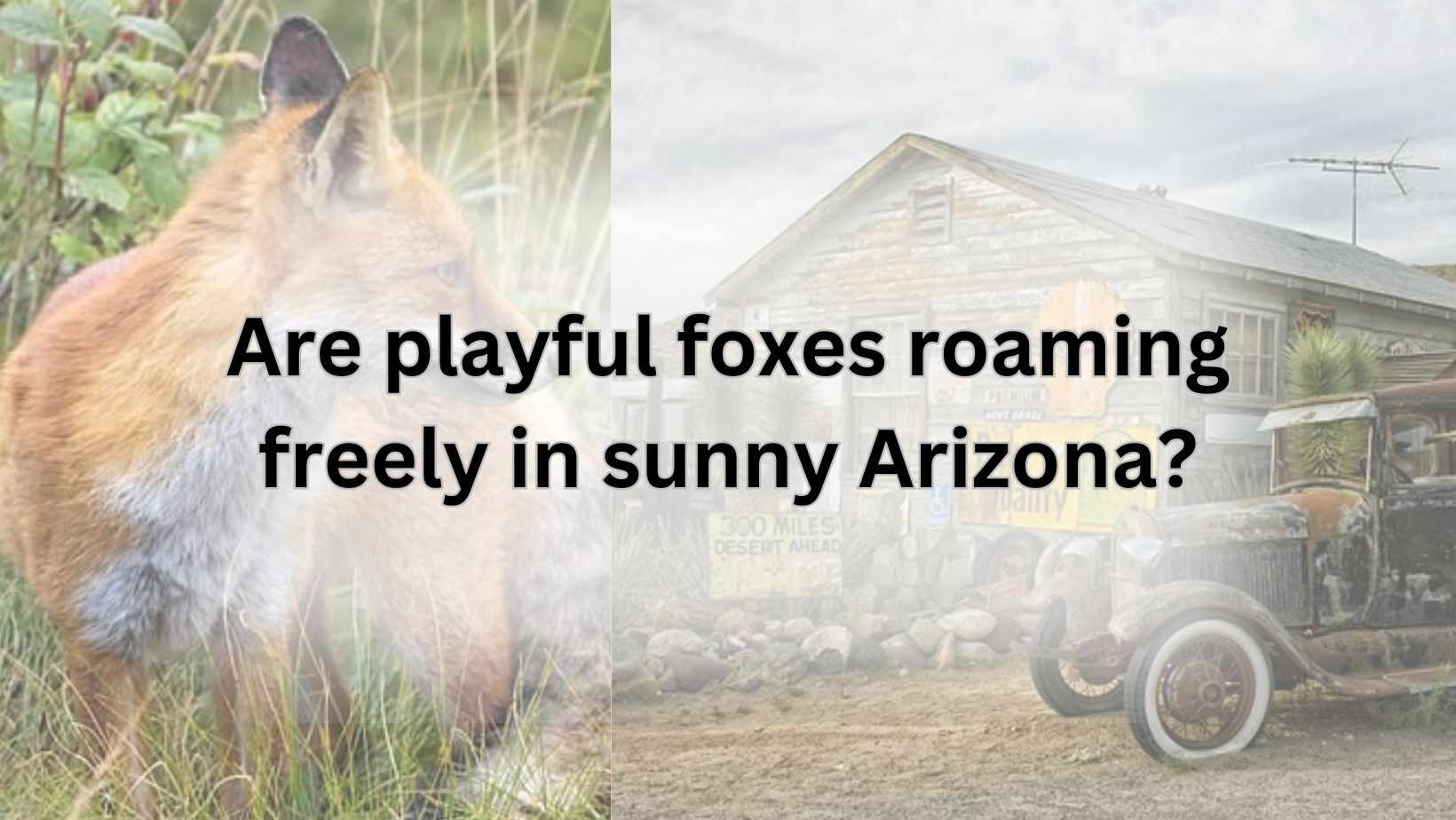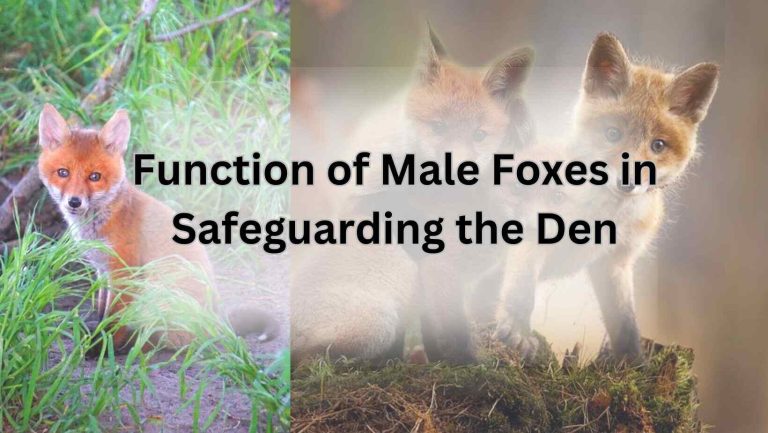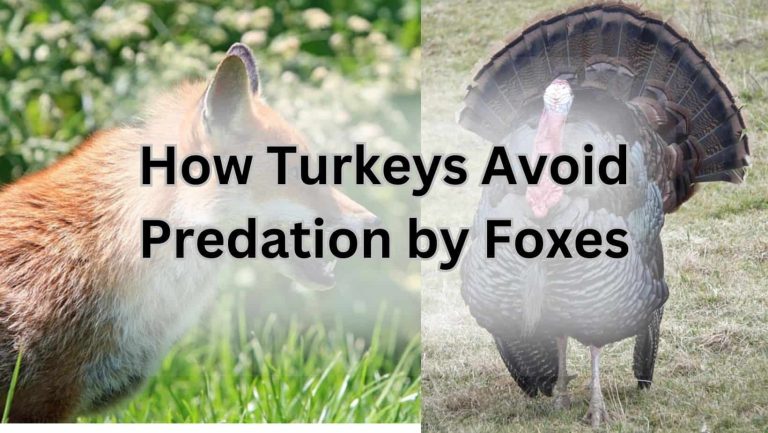Are mischievous foxes roaming wild in sunny Arizona?

Foxes in Arizona
Are there foxes in Arizona? The answer is a resounding yes! Foxes are indeed present in the diverse landscapes of Arizona, adding to the rich wildlife population of the state. Let’s delve into some fascinating details about these cunning creatures and their existence in Arizona.
Habitat and Range
What habitats do foxes in Arizona prefer? Arizona is home to a variety of fox species, including the swift and agile gray fox and the iconic red fox. These foxes can be found in a range of habitats, from desert scrublands to mountain forests. They are adaptable creatures, able to thrive in both urban areas and remote wilderness.
Behavior and Diet
What do foxes in Arizona eat? Foxes are opportunistic feeders, consuming a diet that includes small mammals, birds, insects, fruits, and even the occasional scavenged meal. They are known for their intelligence and cunning hunting tactics, making them skilled predators in the wild. Foxes in Arizona are primarily nocturnal, using their keen senses to navigate the darkness and hunt for food.
Conservation Status
Are foxes in Arizona facing any threats? While fox populations in Arizona are relatively stable, they still face challenges from habitat loss, urban development, and road accidents. Conservation efforts are in place to protect these charismatic creatures and ensure their continued survival in the state. By raising awareness about the importance of preserving fox habitats and promoting coexistence with wildlife, we can help safeguard the future of foxes in Arizona.
Arizona Fox Species
When it comes to the diverse wildlife in Arizona, foxes play a significant role in the ecosystem. Let’s dive into the different fox species you can find roaming the beautiful landscapes of Arizona.
Gray Fox: The Sneaky Ninja of the Desert
Have you ever spotted a gray fox blending seamlessly with its surroundings, almost like a desert ninja? The gray fox, known for its stunning gray fur and bushy tail, is a common sight in Arizona. With its incredible climbing abilities, this fox can navigate rocky terrains with ease. Keep your eyes peeled for this elusive creature during your desert adventures!
Kit Fox: The Tiny But Mighty Desert Dwellers
Did you know that the kit fox is the smallest fox species in North America? Don’t let its size fool you; these tiny foxes are mighty hunters, preying on small mammals and insects in the Arizona desert. Keep an eye out for their distinctive large ears and swift movements as they dart across the sandy landscape.
Swift Fox: The Speedy Gonzales of the Southwest
Imagine if Speedy Gonzales were a fox – that would be the swift fox! These agile creatures are known for their incredible speed and agility, making them a challenging sight to catch. With their reddish-brown fur and swift movements, the swift fox adds a touch of excitement to the Arizona wildlife scene. Keep up if you can!
Exploring the diverse fox species in Arizona is a thrilling adventure for any wildlife enthusiast. Whether you’re marveling at the gray fox’s ninja-like skills, admiring the kit fox’s tiny but mighty presence, or trying to keep pace with the speedy swift fox, each encounter with these beautiful creatures is a reminder of the magic of nature.
3. Foxes vs. Coyotes in Arizona
3.1 Physical Differences
Are you curious about how to distinguish between foxes and coyotes in Arizona’s diverse wildlife? Well, let me break it down for you! Foxes are smaller in size compared to their coyote counterparts, with a more slender build and a bushy tail. Their fur comes in a variety of colors, from red to gray, depending on the species. On the other hand, coyotes are larger, with a more robust frame and a thick, bushy tail. Their fur tends to be more uniform in color, often a mix of gray and brown tones. So, next time you spot a canid in the Arizona wilderness, keep an eye out for these physical characteristics to determine if it’s a fox or a coyote!
3.2 Behavior Variances
Ever wondered how the behavior of foxes and coyotes differs in the Arizona ecosystem? Foxes are known to be more solitary animals, preferring to hunt alone or in small family groups. They are cunning and agile hunters, often pouncing on their prey with precision. On the other hand, coyotes are highly social creatures, living in packs and working together to hunt for food. They are opportunistic feeders, scavenging for a wide range of food sources. So, if you come across tracks or sightings of these canids in Arizona, observe their behavior closely to determine if you’re dealing with a fox or a coyote!
3.3 Interactions in the Ecosystem
Have you ever wondered how foxes and coyotes interact with each other in the diverse Arizona ecosystem? Foxes and coyotes share overlapping territories in the wild, leading to occasional conflicts between the two species. Coyotes, being larger and more dominant, may pose a threat to fox populations, competing for food and resources. However, foxes have adapted to coexist with coyotes by being more elusive and avoiding direct confrontations. This delicate balance between the two species is essential for maintaining the biodiversity of Arizona’s wildlife. So, next time you witness a fox or coyote in the wild, appreciate the intricate dynamics of their interactions in the beautiful Arizona landscape!
4. Fox Population Trends
4.1 Historical Data
Ever wondered how many cunning foxes roamed the deserts of Arizona back in the day? Let’s take a trip down memory lane and explore the historical data on the fox population in the Grand Canyon State.
Did you know that Arizona has been home to various fox species for centuries? From the swift and elusive Swift Fox to the clever and adaptable Gray Fox, these furry creatures have been a part of Arizona’s diverse wildlife for generations.
4.2 Current Numbers
Curious about the latest fox population statistics in Arizona? Let’s dive into the current numbers and see how these sly creatures are faring in the desert landscapes of the Southwest.
With conservation efforts in place and a growing awareness of the importance of preserving wildlife habitats, the fox population in Arizona has been holding steady in recent years. Despite facing challenges such as habitat loss and human-wildlife conflicts, these resilient creatures continue to thrive in their natural environment.
4.3 Factors Affecting Population
What factors play a role in shaping the fox population trends in Arizona? Let’s unravel the mysteries behind the fluctuating numbers and understand the complex interplay of various factors affecting these cunning canids.
From changes in habitat due to urbanization and climate change to the impact of diseases and predators, there are numerous factors that can influence the population dynamics of foxes in Arizona. By studying these factors and implementing conservation measures, we can ensure a bright future for these fascinating creatures.
So, next time you catch a glimpse of a fox darting across the Arizona landscape, remember that these clever creatures are not just a sight to behold but also an integral part of the unique ecosystem of the Grand Canyon State. Let’s continue to cherish and protect our furry friends for generations to come!
Fox Adaptations to Arizona Climate
Heat Tolerance
“Are these foxes just chilling in the Arizona heat like it’s no big deal?” Well, you might be surprised to learn that Arizona foxes have some pretty cool adaptations to deal with the scorching desert temperatures. Arizona fox species, such as the swift fox and gray fox, have developed a high heat tolerance over time. Their fur helps regulate their body temperature, and they have the ability to conserve water efficiently. So, while they may look all fluffy and cute, these foxes are actually well-equipped to handle the Arizona heat.
Water Needs
“Wait, how do these foxes stay hydrated in the desert?” Arizona foxes are masters at finding water sources in the arid landscape. They have adapted to get most of their water from the food they eat, such as insects, fruits, and small animals. Additionally, they are known to dig for water or rely on natural water sources like streams or ponds. So, next time you see a fox in Arizona, know that they are probably better at finding water than your average desert traveler!
Nocturnal Behavior
“Do these foxes just party all night in the Arizona desert?” Well, not exactly. Arizona foxes are actually nocturnal creatures, meaning they are most active during the night. This behavior helps them avoid the scorching daytime temperatures and reduces their risk of encountering predators. So, if you ever catch a glimpse of a fox in Arizona at night, know that they are just doing what they do best – being sneaky and elusive in the cover of darkness.
In conclusion, Arizona foxes have some pretty nifty adaptations to survive and thrive in the desert climate. From their heat tolerance to water-finding skills and nocturnal behavior, these foxes have it all figured out. So, next time you see a fox darting across the Arizona landscape, appreciate the incredible adaptations that allow them to call this harsh environment home.
Foxes as Predators in Arizona
Prey Selection
Have you ever wondered what kind of prey foxes in Arizona go for? Well, these cunning creatures have quite a varied diet. From small mammals like rabbits and rodents to birds, insects, and even fruits, foxes are opportunistic eaters. Their adaptability allows them to thrive in different environments, making them successful predators in the wild.
Hunting Techniques
How do foxes manage to catch their prey in the vast landscapes of Arizona? With their keen senses of sight, smell, and hearing, foxes are excellent hunters. They use their stealth and agility to stalk and pounce on unsuspecting prey. Their sharp teeth and claws help them secure their meal, making them efficient predators in the desert terrain.
Impact on Local Wildlife
What role do foxes play in the ecosystem of Arizona? While foxes are essential for controlling populations of small mammals and insects, they can also have a negative impact on endangered species. Their predation on native wildlife can sometimes disrupt the delicate balance of the ecosystem. Conservation efforts are crucial to ensure the coexistence of foxes and other species in Arizona.
Foxes in Arizona are not only fascinating creatures but also vital members of the desert ecosystem. Their predatory nature contributes to the biodiversity of the region, showcasing the intricate web of life in the wild. By understanding their prey selection, hunting techniques, and impact on local wildlife, we can appreciate the role foxes play in maintaining the natural balance of Arizona’s ecosystem.
Threats to Foxes in Arizona
Urbanization: The Fox’s Battle for Space
Are foxes in Arizona losing their homes to make way for more Starbucks and shopping malls? Well, yes, unfortunately, urbanization is a significant threat to these adorable creatures. As cities expand and rural areas are developed, fox habitats are shrinking faster than you can say “Foxy Lady”. These cunning critters are being pushed into smaller and smaller territories, making it harder for them to find food and shelter.
Disease: The Silent Killer
Did you know that foxes in Arizona are not only dodging cars on the road but also fighting off deadly diseases? Yep, these fluffy-tailed cuties are not immune to illnesses that can wipe out entire populations. From rabies to distemper, foxes face a constant battle against unseen enemies. It’s like living in a real-life episode of “Grey’s Anatomy”, but with more fur and less drama.
Human Interactions: The Good, The Bad, and The Ugly
Do humans in Arizona love foxes or hate them? It’s a bit of a mixed bag, my friend. While some people adore these wild animals and want to protect them, others see them as pests that need to be eradicated. From intentional poisoning to accidental trapping, foxes face a myriad of dangers from human interactions. It’s like being in a reality show where you never know if you’re going to get a hug or a punch in the face.
So, there you have it, folks. Foxes in Arizona have a lot on their plates (figuratively speaking, of course). From battling urbanization to fighting off diseases and navigating the tricky waters of human interactions, these sly creatures are true survivors. Let’s all do our part to ensure that future generations can still enjoy the sight of a fox darting through the desert landscape. After all, who wouldn’t want to see those big, bright eyes and bushy tails for years to come?
Fox Conservation Efforts
Wildlife Corridors
Ever wondered how foxes manage to navigate their way through Arizona’s vast landscapes? Well, the answer lies in wildlife corridors! These important pathways allow foxes and other animals to move freely between habitats, ensuring genetic diversity and healthy populations. Imagine a fox highway running through the desert, connecting different ecosystems and providing safe passage for these furry creatures.
Protection Measures
How do we keep our foxy friends safe in the wild west? Protection measures play a crucial role in conserving Arizona’s fox population. From enforcing strict anti-poaching laws to setting up designated conservation areas, efforts are being made to safeguard these beautiful animals. It’s like having a secret service detail for our furry little spies, ensuring they can roam freely without fear.
Community Involvement
Did you know that you can be a part of fox conservation efforts in Arizona? Yes, you, the everyday wildlife enthusiast, can make a difference! By getting involved in community initiatives, volunteering at wildlife sanctuaries, or even just spreading awareness about fox conservation, you can help protect these adorable creatures. It’s like being a superhero for the animal kingdom, fighting for justice one fox at a time.
So, next time you spot a fox darting across the desert landscape, remember that there are dedicated efforts in place to ensure their survival in the wilds of Arizona. From wildlife corridors to protection measures and community involvement, we all play a part in preserving the magic of these cunning creatures. Let’s join forces and make sure that the foxes of Arizona continue to roam free for generations to come!
Foxes in Arizona’s Ecosystem
Role in the Food Chain
Did you know that foxes in Arizona play a crucial role in the local food chain? These cunning creatures are skilled hunters, preying on small mammals, birds, insects, and even fruits. Their presence helps control the population of rodents and other pests, contributing to the overall balance of the ecosystem.
Effects on Biodiversity
Have you ever considered how foxes impact biodiversity in Arizona? By controlling the population of certain prey species, foxes indirectly influence the diversity of plant and animal life in their habitats. Their presence can lead to a more balanced ecosystem where different species can thrive.
Interactions with Other Species
Have you ever wondered how foxes interact with other species in Arizona? These clever canids have complex relationships with various animals, ranging from competition with coyotes for food to mutualistic partnerships with birds that help them locate prey. Observing these interactions can provide valuable insights into the dynamics of the local ecosystem.
In conclusion, foxes in Arizona are not just adorable creatures but also key players in the intricate web of life in the region. By understanding their role in the food chain, their effects on biodiversity, and their interactions with other species, we can appreciate the importance of conserving these fascinating animals for the benefit of the entire ecosystem.
Fox Watching Tips in Arizona
Best Viewing Locations
Ever wondered where you can catch a glimpse of those elusive foxes in Arizona? Well, the best viewing locations for these cunning creatures are often in wooded areas, near water sources, or even on the outskirts of urban areas. Keep an eye out for them darting through the brush or playing in open fields.
Time of Day
Are you an early bird or a night owl? If you want to spot a fox in Arizona, you might need to adjust your schedule. Foxes are most active during the early morning and late evening hours. So, set your alarm clock or grab your flashlight and head out for some fox-watching adventures!
Respectful Observation Practices
Do you know the dos and don’ts of observing wildlife, especially foxes? Remember to keep your distance and avoid approaching them too closely. Use binoculars or a camera with a zoom lens to get a closer look without disturbing these beautiful creatures. And always remember to respect their space and habitat.
Now that you know the best viewing locations, the ideal time of day to spot them, and the importance of respectful observation practices, you’re well on your way to becoming a fox-watching pro in Arizona. So, grab your gear, head out into the wild, and let the fox-watching adventures begin!






